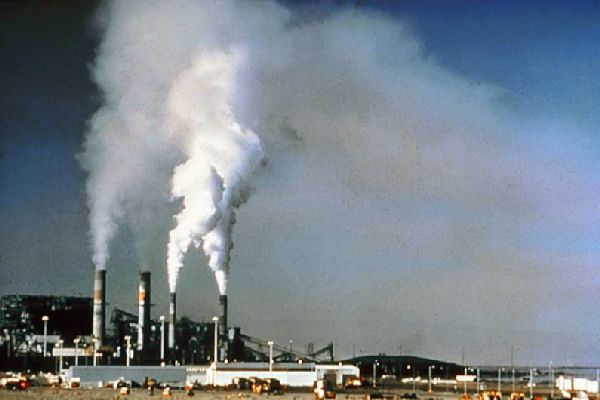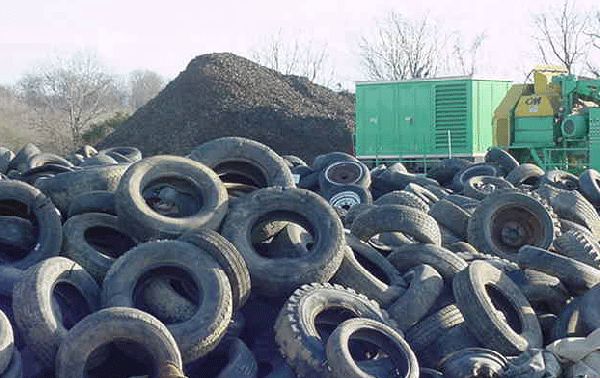To make an in depth analysis of emissions in the atmosphere, it is imperative that we separate and compare emissions from manmade fossil fuels and other trace gases. A Boulder led team of researchers from the University of Colorado have devised a new monitoring system that will help to precisely mark this separation and help take effective measures to regulate greenhouse gasses.

For collecting sufficient data for analysis, the research team took gas measurement from aircrafts every two weeks, over a span of six years. These samples were collected from over the north east part of U.S. These samples were then separated for carbon dioxide emitted from fossil fuels and those from biological sources like plant respiration, etc.
The separation was made possible by observing the presence and absence of carbon 14. The carbon radio isotopes half life span is 5,700 years approximately in comparison to the age of fossil fuels that are million years old. Therefore, the biological sources are far richer in carbon 14 content when compared to CO2 emitted as a result of burning fossil fuels.
Along with the predominant study on CO2 analysis, the team also studied 22 other atmospheric gases and how they impact climate change, recovery of ozone layer, etc. This measuring system will eventually evolve to offer evaluating individual state and country CO2 emissions and will be an improvisation over the current accounting based methods. This study made an important revelation about the presence of methyl chloroform and a few other gases that are banned in USA, thus showing the relevance of independent monitoring.
Via: Coloradonews




